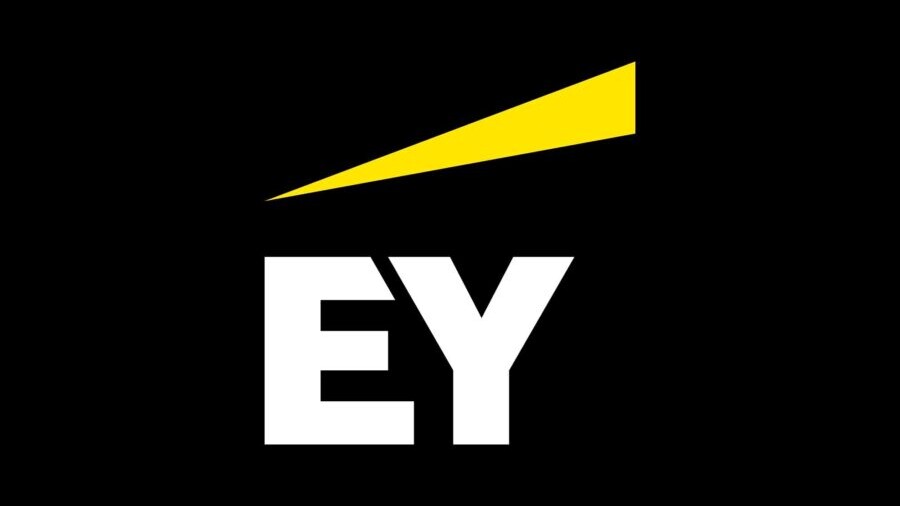After the Ernst and Young (EY) incident, the company has been facing numerous allegations of a toxic work environment and that the company is struggling with sexism and racism. The investigation into the incident is still going and there will be a review of the policies and culture.
On August 27, an employee of Ernst and Young took her own life and while we are in no way implying that EY is responsible for her death, the incident is uncovering deeper issues. Many past employees have spoken about disliking their job, either because of their responsibilities or the pressure to do overtime. Of course, this is not an issue that only Ernst and Young is facing, multiple companies around the world lack direction when it comes to shaping their internal business environment.
Table of Contents
The incident
On August 27, the 27-year-old Aishwarya Venkatachalam was found dead by the police, early in the morning. Allegedly, before midnight, the woman was kicked out of a work event, likely by security and she was trying to get her house key from her office, however, she was not allowed to go in. Three women have told ‘Daily Mail’ that Aishwarya was crying and saying that ‘’everyone is so mean to her in her office and that white people are not nice and are mean people and racist’’.
The woman then found a way inside and a welfare call was made to the police before they found her body at around 12:20am. We are not suggesting that EY or her colleagues were in any way responsible for her death. The investigation is still ongoing but her death is not treated as suspicious.
Following the incident, the community has been questioning the work culture of companies and wondering what steps organisations are taking to help their employees. EY will be conducting a ‘comprehensive and wide-ranging internal review that will include health and safety, security and social events’
Employees speaking out
Jane Lu, the CEO of Showpo revealed how she ‘hated’ her time at Ernst and Young and KPMG. The 36-year-old worked at KPMG for a few years and then moved to Ernst and Young before starting her own company.
Employees from the big four firms have spoken out and revealed how they were expected to work a lot of overtime during busy periods while being underpaid. They were pressured to meet unrealistic goals and were afraid of receiving a bad performance review if they did not meet the goals.
Employers are not directly responsible for the mental health of employees, as there are many personal factors that can contribute to an individual’s mental health. However, our workplace is a large part of our lives, and companies should encourage staff to speak out and seek help if they feel like the objectives set are unachievable or there is a toxic work environment.

Toxic work environment around the world
Toxic work environment is not an issue only in Australia. Many international companies have employees who are struggling to maintain a work-life balance.
A survey of 1,016 Americans revealed that workers experience burnout and 40% of them work between 8 to 12 hours a day. When asked to describe their work environment, 23% described a negative workplace culture and 26% said that there is a lack of opportunities for career development.
Research of 1,000 UK workers showed that negative work culture could have a long-term impact on employees’ mental health. Employees revealed that they take time off due to a negative workplace culture or because they want to avoid seeing another staff member.
Europeans are facing issues in multiple departments as there is miscommunication and low engagement. While 97% of German managers think they are doing a good job, only 40% of them have received training in managing people. Managers are crucial in work satisfaction and goal setting as the responders believe that team engagement heavily relies on who the manager is.
Signs of toxic work environment
There are many red flags that could indicate something is going wrong within the workplace. Some signs to look out for are:
- Lack of clear job description
- Poor communication
- Unethical behaviour
- High employee turnover
Lack of clear job description
When hiring a new employee, it is crucial that they understand what their role is within the business and what responsibilities they have. A poor job description can lead to lower productivity as workers become confused about their duties and do not understand how to handle certain situations. Their morale may drop as they do not have a clear direction and they might become disorganised as they are not aware of their responsibilities.Their work performance may start decreasing as they do not see how their actions help the company or what the purpose of their job is.
A good job description can lead to a better work environment as employees receive better training and understand the requirements of their job. Operations in the company will run more smoothly as fewer issues arise and performance reviews are targeted at helping staff improve. Workers feel like they are able to advance their career and improve on their weaknesses.
Poor communication
Poor communication can refer to managers being unable to make decisions and explain them effectively to employees. It could also be passive-aggressive behaviour or managers and employees blaming one another for a mistake. All those behaviours can lead to misunderstandings and especially when one party refuses to listen to the other, it can create tension and make staff feel uncomfortable and undervalued. Poor communication can indicate that there is a deeper issue in the workplace that needs to be addressed quickly as a lack of clarity around projects and decisions can lead to worse performance and increased conflicts.
Effective communication can be created through checking in with employees and being concise when talking to them. It is important to develop listening skills and try to understand employees and ask for feedback so they feel included and appreciated.

Unethical behaviour
Unethical behaviour includes a range of issues, including gossiping, bullying and excluding employees. Management is responsible for creating an inclusive environment where all employees feel welcomed and listened to. Employees should not be afraid of making mistakes, they should not be treated differently for having different ideas and opinions. The company should stress the importance of working together as a team rather than bullying others for their race, age or religion.
Examples of unethical behaviour could include an employee being excluded from a group lunch or the management not giving them challenging tasks because they think they are not capable of completing them. This can impact an employee’s mental health and the performance of the team, and if it is directed towards an employee on the basis of gender, race, sexuality, disability, or some other protected categorisation, it may also leave the company vulnerable to legal action.
A whistleblower system can prevent unethical behaviour and encourage employees to speak out against suspicious activity. Staff should be trained on how to report misconduct and it must be stressed that their identify will be kept confidential and that they will be protected by laws and company policies. The whistleblower hotline can be tiher internal or external, depending on what the business decides is more appropriate. Whisteblowerr reports that may be a sign of a toxic work environment include bribery and corruption, discrimination and law breaches.
High employee turnover
High employee turnover can occur due to a combination of these issues. A toxic work environment is the most popular reason employees leave a company. Management needs to take complaints seriously and investigate any issues that have been reported. It needs to investigate the reasons staff resign and develop strategies to fix the problems the organisation is facing. Staff may be confused about what their objectives are, they might have identified fraudulent behaviour without knowing how to report it or they might have felt discriminated against.
High employee turnover is an indicator that management is not listening to its staff and organisational change may be required to attract new employees. It is not enough to hire someone, businesses need to know how they can maintain their employees so they do not have to face higher costs and low morale.
Conclusion
The work environment relies heavily on leadership. A good leader will prevent a toxic work environment and foster a space where employees can improve and support each other while achieving the company’s goals.
Polonious can assist companies in their workplace investigations and help them identify the root of the problem. We offer a faster turnaround time and reduced administrative effort so managers can focus on their core responsibilities and access information from anywhere, anytime.
Polonious can also assist with investigating whistleblower complaints while keeping the identify of the parties involved confidential. Documents, evidence, videos and images will be stored securely during the investigation and managers are abel to track the status of the case easily. Do you want to learn more? Request a demo!
Let's Get Started
Interested in learning more about how Polonious can help?
Get a free consultation or demo with one of our experts
Eleftheria Papadopoulou
Eleftheria has completed a Bachelor's of Business with a major in Marketing at the University of Technology Sydney. As part of her undergraduate studies she also obtained a Diploma in Languages with a major in Japanese. Following her graduation she has been working as a Marketing Coordinator and Content and Social Media Specialist.
Eleftheria is currently finishing her Master in Digital Marketing.




